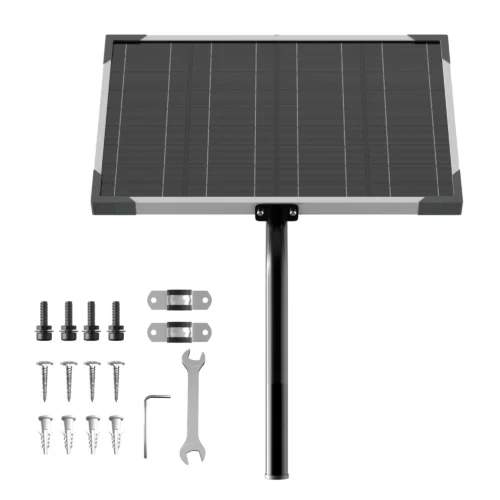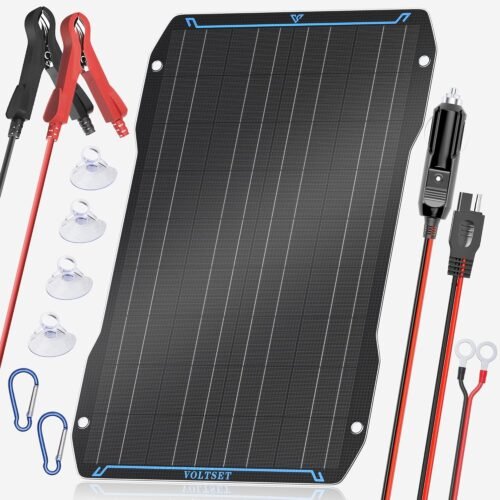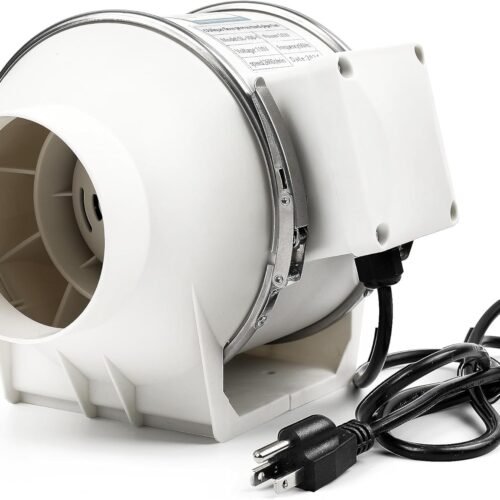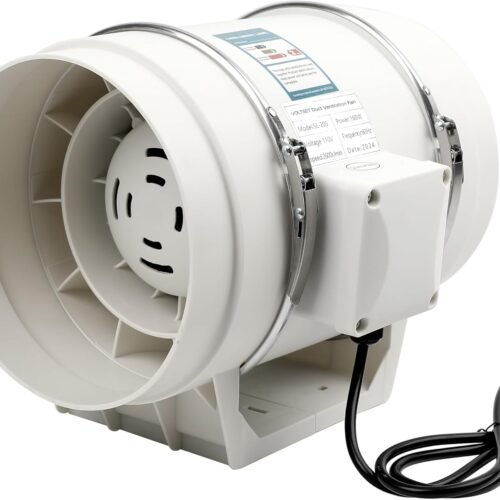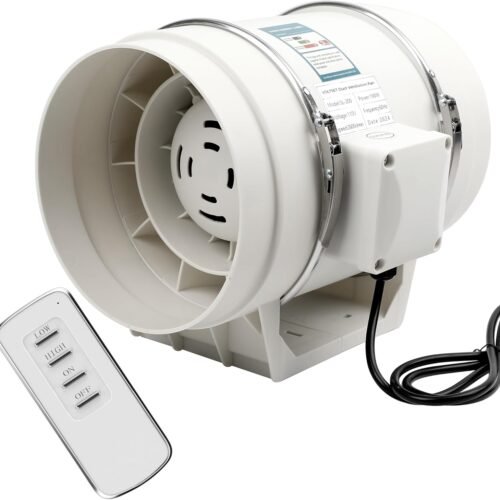A Guide to Maintaining Your Solar Panels for Longevity and Efficiency
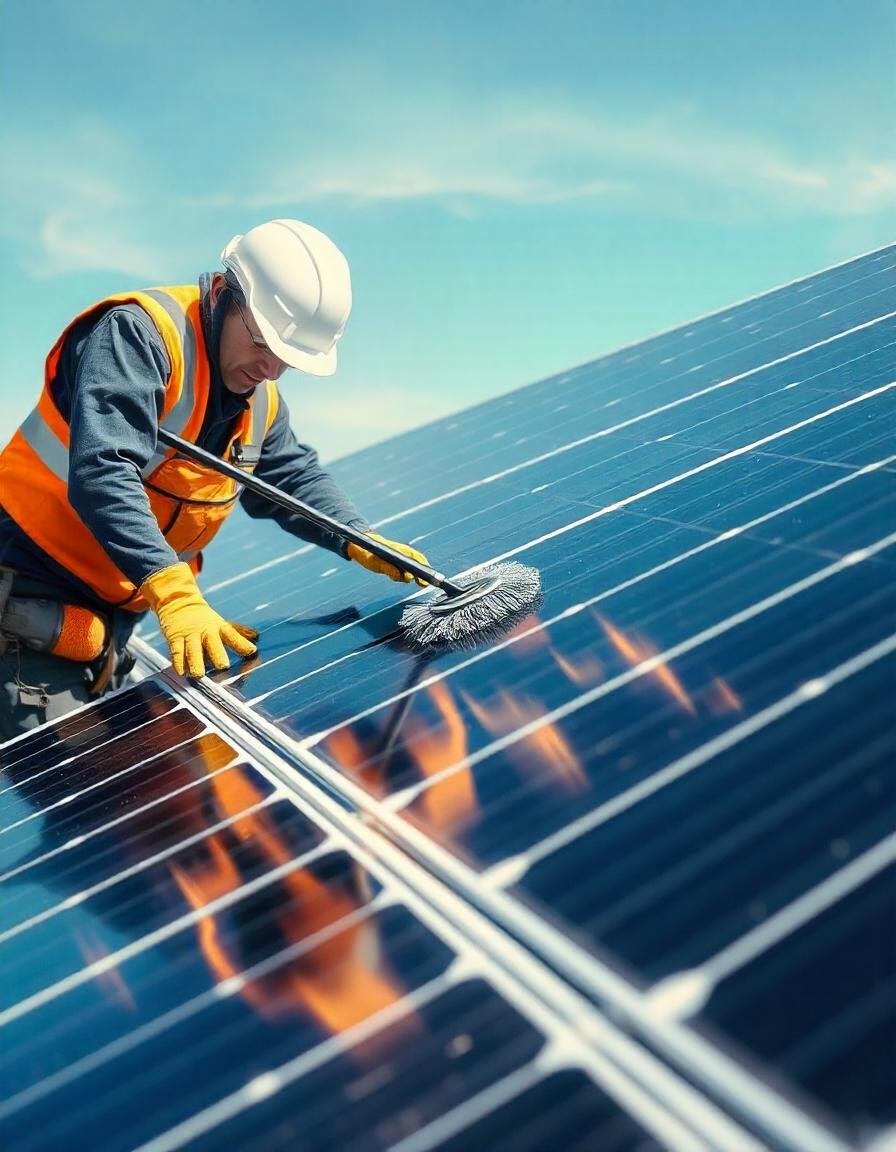
A solar panel is both an environmental and financial investment. Putting them in the best condition gives them the ability to continue outperforming for years. Regular maintenance not only maintains the highest energy output but additionally protects your investment. In this guide, I go over the best practices in maintenance for solar panels so you can make them last and do their work as effectively as possible.
Why Maintenance Matters
The solar panel is exposed day in and day out to the elements and although solar panels are built to take the beating of any weather conditions they are subject to dirt, debris and wear that over time can decrease the efficiency of the solar panel. Proper maintenance offers several benefits:
Maximized Efficiency: Panel cleanliness allows them to capture sunlight more directly, stretching to a higher energy output.
Prolonged Lifespan: Keeping up the regular upkeep will prevent damage and make sure your panels are fit for their 25 to 30 year life span.
Cost Savings: Lower energy bills and less repair cost in the future are all a result of efficient panels.
The How to Maintain Your Solar Panels

Regular Cleaning
Your panels collect dust, bird droppings, pollen and leaves that can block sunlight. Cleaning them regularly is crucial:
Frequency: Every 1-3 months, check, and clean your panels, based on your location and the amount of debris.
Tools Needed: A soft brush, sponge, microfiber cloth, a bucket of soapy water and a garden hose. Don’t use harsh chemicals or abrasive materials.
Safety First: Safety is a number one priority if your panels are on the roof. Spend money and call professionals.
Monitor Energy Output
Monitoring your solar system’s performance helps detect inefficiencies early:
Use Monitoring Tools: That brings us to most solar systems who have the performance monitoring software or apps. You must regularly check the energy output.
Look for Drops: Numerous grid dazzles sign of dirty panels or shading issues or system malfunctions could mean a big drop in energy production.
Inspect for Damage
Regular visual inspections can identify potential issues before they become costly repairs:
What to Look For: Cracks, discolouration, loose wiring, or damaged mounts.
Post-Storm Check: After a storm or heavy winds check your panels for debris or physical damage.
Hire Professionals: You may miss some things that would be found during annual professional inspections.

Trim Nearby Trees
Overhanging branches can create shade, reducing your panels’ efficiency, and they may also drop leaves or debris onto the surface:
Regular Trimming: Trees and shrubs that shade or carry debris should be kept pruned.
Preventive Planting: Landscaping? Plant trees safely next to your solar array.
Keep the Inverter, Batteries.
While solar panels are the star of your system, inverters and batteries also require attention:
Inverter Care: Make sure your inverter’s indicator lights are working. Energy conversion is disrupted by faulty inverters.
Battery Maintenance: If you run systems with batteries, check electrolyte levels and clean terminals periodically.
Protect Against Pests
Birds, squirrels, and other pests can nest around your panels, causing damage to wiring or structural components:
Install Barriers: The bottom of most panels can be shielded from pests by mesh or critter guards.
Regular Checks: You should be on the lookout for signs of nesting or gnawed wiring and it should be handled rapidly.
When to Call Professionals
While homeowners can do regular cleaning and basic inspections, some tasks require professional expertise:
Annual Inspections: Checking and checking by professionals can be made to ensure proper performance.
Repair Work: If working in a home environment, you always need to hire qualified technicians for cracks, loose connections or electrical issues.
System Upgrades: If you’re increasing or expanding your solar system, make sure to work with pros for compatibility and efficiency.
Seasonal Maintenance Tips
Solar panel maintenance can vary depending on the season. Here’s how to adapt your routine:
Spring: Inspect clean panels after pollen season for any winter damage if possible.
Summer: Ball the girls and check for debris from summer storms and for overheating issues.
Fall: Before winter get rid of fallen leaves and trim trees in the area.
Winter: Use a broom, or a specialized snow rake to gently clear snow and ice. Don’t use hard tools that could scratch the panels.
FAQs About Solar Panel Maintenance
- When are you supposed to clean your solar panels? It is recommended to clean it every 1–3 months, depending upon the environment. You may need to clean more often if it is in an area with a lot of dust, bird activity and pollen.
- Can I use a pressure washer? No, pressure washers are not to damage your glass or panels’ seals. Keep to gentle cleaning methods.
- How much does professional maintenance cost? The cost depends upon the total size of your system and the location but the annual maintenance usually falls between $150 and $300.
- Are solar panels a necessity requiring maintenance during the rainy season? While it can help rinse some of the dirt, rain can’t replace proper cleaning, especially in places where it doesn’t rain.
Conclusion
Maintaining your solar panels doesn’t have to be complicated and time consuming, but it’s important for keeping them in great shape and efficient. With these few steps you will ensure that your panels continue to perform at peak efficiency, protect your investment, and continue to benefit from consistent energy savings for decades to come. If you can’t wrap your head around a problem or you are unsure of how to check a system, talk to professionals about it. It doesn’t take much effort to get the most out of your solar power system.





